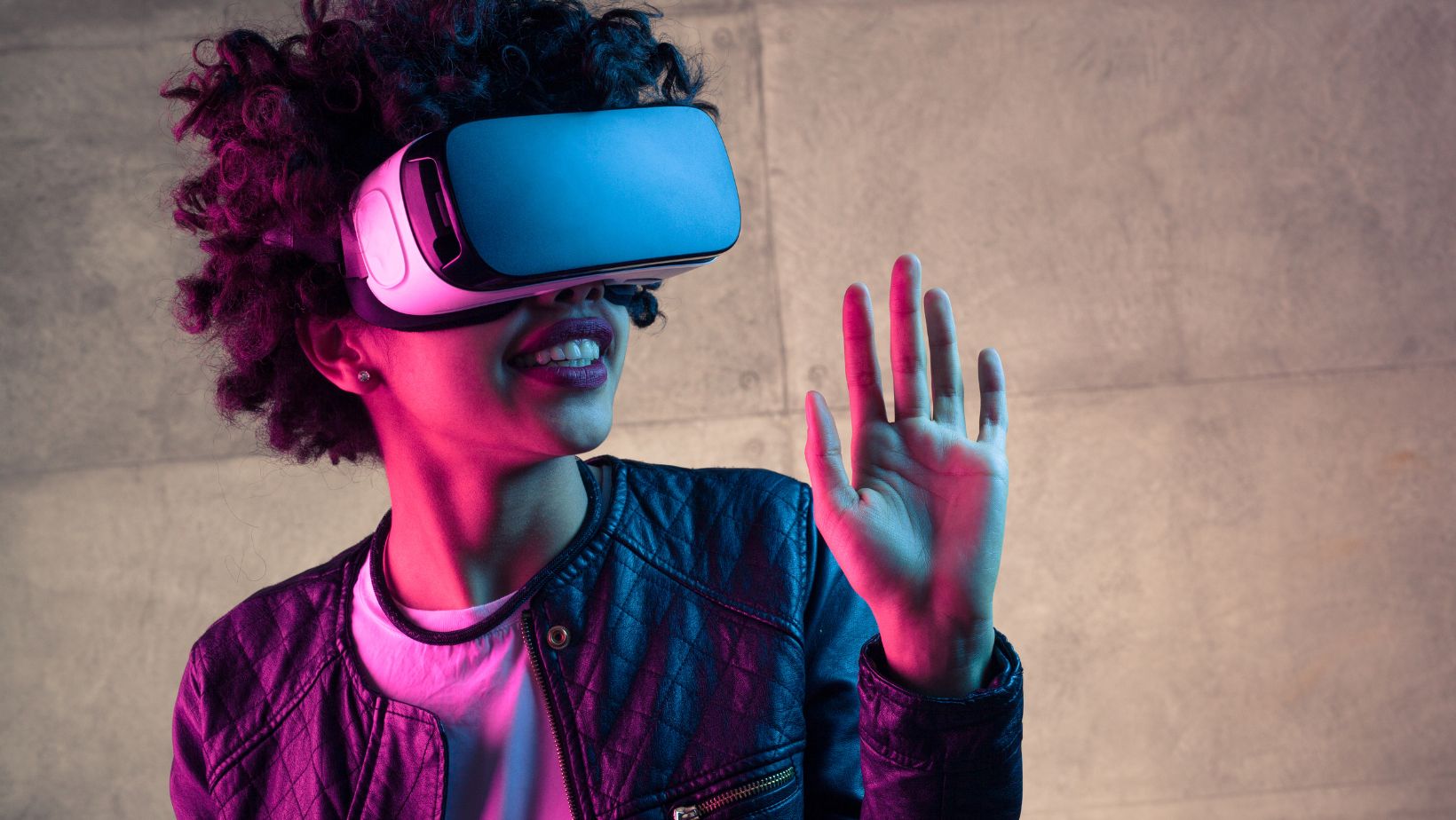The gaming industry has always been a hotbed for technological breakthroughs. From the early days of Pong with its simple graphics to the stunning visuals of today’s games, the evolution has been nothing short of amazing. So, what’s next on the horizon? It’s all about immersive technologies—specifically augmented reality (AR) and virtual reality (VR). These aren’t just concepts from sci-fi movies anymore; they’re quickly transforming the way we play, experience, and even perceive games.
Redefining Immersion
At the core of AR and VR lies the exciting potential for deeper immersion. VR takes players into fully digital worlds, completely shutting out the real one. This kind of immersion creates a sense of presence that traditional screens simply can’t provide. Picture yourself wandering through an ancient castle in a fantasy RPG—not just by pressing buttons, but by actually moving through its virtual corridors.
On the flip side, AR merges the digital with the real world, adding game elements to our everyday surroundings. Games like Pokémon GO have shown just how engaging and addictive this can be, transforming parks, streets, and public spaces into arenas for adventure or treasure hunts. As AR glasses become more common, we can look forward to even richer and more interactive gaming experiences seamlessly integrated into our daily lives.
Enhanced Interactivity
In the realm of traditional gaming, we’re often tied to controllers, keyboards, or touchscreens. But with the advent of AR and VR, we’re stepping into a whole new world of intuitive interfaces—think gesture recognition, eye tracking, voice commands, and haptic feedback. This shift turns gameplay from just pressing buttons into a fully immersive physical experience.

Take VR games like Beat Saber, for example. Players get to slice through blocks that come at them in sync with the music, creating a fantastic mix of sound, movement, and eye-catching visuals. Looking ahead, we could see games that incorporate full-body tracking, letting players dodge, sprint, or crouch in real-time. Furthermore, it won’t be too long before visitors to online casino Betway might also find themselves diving into immersive experiences, with virtual poker rooms and roulette tables that mimic the feel of real-life settings. In the AR realm, just picture interacting with game elements right on your coffee table or defending your living room from an alien invasion!
Social and Multiplayer Evolution
Gaming has always had a social aspect, but AR and VR are elevating that experience. Multiplayer VR platforms like VRChat or Rec Room let users engage in 3D environments with avatars that reflect their real-world movements. This creates a level of presence and connection that voice chats or text messages simply can’t match.
With AR, we could see location-based multiplayer gaming reach new heights. Picture yourself in a city-wide treasure hunt or battling friends in a virtual arena right in your backyard. These shared experiences blur the lines between reality and the virtual world, making gaming a more communal and social adventure.
New Genres and Experiences
AR and VR are not just enhancing the genres we already know; they’re actually creating brand new ones. Think about VR escape rooms, immersive storytelling adventures, and virtual sports—they’re really taking off! Fitness games like Supernatural and FitXR are changing the way we think about working out, mixing exercise with entertainment in a way that’s super engaging.
When it comes to educational gaming, AR has incredible potential. Imagine kids learning about the solar system by watching planets orbit right in their own room, or medical students practicing simulated surgeries with AR. The boundaries between gaming, learning, and practical use are starting to fade, paving the way for experiences that are both enjoyable and useful.
Economic and Market Growth
The impact of AR and VR on the gaming industry is already huge, and it’s set to explode. According to Statista, the AR/VR gaming market is projected to exceed $50 billion by 2028. Big players like Meta, Sony, Apple, and Microsoft are pouring resources into building AR/VR ecosystems, which shows there’s a lot of confidence in this industry.

These technologies are also giving rise to new business models. We’re seeing subscription services for VR games, specialized AR hardware, and location-based AR experiences all adding to a vibrant and growing market. Indie developers are particularly thriving in this environment, leveraging platforms like Unity and Unreal Engine to create innovative experiences without needing massive budgets.
Challenges and Considerations
Even with all the exciting possibilities, there are still some bumps in the road. VR headsets can be pretty bulky and pricey, while AR glasses haven’t quite caught on with the general public yet. Issues like motion sickness, accessibility, and safety—especially when users are moving around in real-world environments—are still on the table. Developers also face the challenge of crafting content that isn’t just fresh and new, but also keeps players engaged over the long haul.
The Future of Play
As AR and VR technologies continue to evolve, their influence on the gaming industry is bound to grow. This change will be more than just a tech upgrade; it will shift our cultural understanding of play, interaction, and even what we consider reality. In the next ten years, we might look back at traditional flat-screen gaming as just a stepping stone to something much more immersive and interconnected. In this exciting new era where the digital and physical worlds blend, AR and VR are not just changing the games we play—they’re reshaping the gamers themselves.


